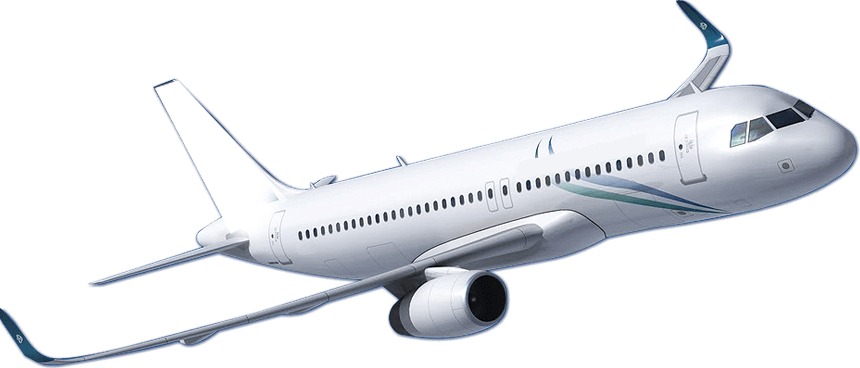Turkmenistan, nestled in Central Asia, is a country of remarkable contrasts, often shrouded in mystery yet rich in history and culture. Bordered by the Caspian Sea to the west and sharing frontiers with Kazakhstan, Uzbekistan, Afghanistan, and Iran, Turkmenistan’s strategic location has influenced its historical significance and contemporary dynamics.
Politically, Turkmenistan has been characterized by its unique stance of neutrality, declared in 1995 by the United Nations. This neutrality informs much of its foreign policy, emphasizing peace and economic cooperation with other nations. President Gurbanguly Berdimuhamedow, who succeeded Saparmurat Niyazov in 2006, followed his predecessor’s emphasis on developing the country’s infrastructure and social systems, albeit within an authoritarian framework.
Economically, Turkmenistan is largely driven by its vast reserves of natural gas, reported to be the fourth largest in the world. The extraction and export of natural gas constitute approximately 70% of the nation’s export revenues. The country’s reliance on these resources has made it a prominent player on the global energy stage, actively engaging with countries like China, which is a major consumer of Turkmen gas.
Agriculture, primarily cotton production, is another critical sector of the economy. The Karakum Desert dominates much of the landscape, but irrigation projects, such as the Garagum Canal, one of the longest in the world, support the agricultural output. However, environmental concerns, particularly the drying up of the Aral Sea, pose challenges for sustainable agricultural development.
In terms of culture, Turkmenistan boasts a rich tapestry of traditions that reflect its historical Silk Road heritage. The Turkmen people are known for their skill in carpet weaving, producing renowned Turkmen rugs celebrated for their intricate designs and craftsmanship. These carpets often feature traditional motifs that carry cultural and historical significance.
Ashgabat, the capital city, embodies a unique architectural identity with its white marble buildings and grandiose monuments that reflect both Turkmen pride and a proclivity for opulence. The city is home to the Turkmenistan Tower, the tallest structure in the country, symbolizing modernization and progress.
Turkmenistan’s societal fabric is tightly interwoven with its history. The ancient city of Merv, a UNESCO World Heritage site, stands as a testament to the country’s historical importance as a crossroads of cultural and technological exchange. Indeed, Merv was once one of the world’s largest and most influential cities.
Religiously, while Turkmenistan is a secular state, Sunni Islam predominates, reflecting centuries of Islamic influence. The 15th-century Seyit Jamal-ad-Din Mosque, located in Annau, is a notable religious site, representing the architectural and spiritual heritage of the nation.
Despite its cultural and economic wealth, Turkmenistan faces challenges, particularly concerning human rights and freedom of the press. The government maintains tight control over media and public expression, with limited room for political dissent. These factors contribute to its low rankings in global indices related to press and human rights freedoms.
Tourism in Turkmenistan is mirrored by its enigmatic nature. The Darvaza Gas Crater, famously known as the “Door to Hell,” continues to fascinate visitors intrigued by its fiery spectacle amidst the desert landscape. However, tourism is tightly regulated, often requiring visitors to arrange for guided tours and special permits.
Education in Turkmenistan reflects the nation’s commitment to development. The government emphasizes technological and scientific advancement, albeit under a system that mirrors political control, seen in the state-mandated curriculum and oversight.
In traditional practices, festivities such as Nowruz, the Persian New Year, highlight the enduring cultural legacy of this Central Asian nation. Celebrated with music, dance, and abundant feasting, Nowruz represents renewal and the vibrant spirit of the Turkmen people.
Turkmen language, a member of the Turkic language family, is the official language, with Russian also widely understood. The linguistic landscape, much like its cultural heritage, can be traced back to historical ties with neighboring regions.
Transportation infrastructure is an evolving ambition of the state, with significant investments in railroads and highways aiming to enhance connectivity both regionally and internationally. However, the expansive Karakum Desert presents logistical challenges that continue to affect inland transportation and infrastructure projects.
Health care in Turkmenistan has seen improvements, with increasing investments in medical facilities and access. Nonetheless, rural areas face difficulties related to medical service delivery and public health awareness.
Socially, the population of around six million people is characterized by a youthful demographic, posing both opportunities and challenges in workforce development and social policy. Urbanization is an ongoing trend, yet rural traditions remain vital to the cultural identity of the nation.
Humanitarian issues, including water scarcity and economic diversification, are ongoing concerns. The government’s focus on infrastructure aims to address some of these issues, yet questions remain regarding long-term sustainability and resilience.
Overall, Turkmenistan presents a complex and intriguing tapestry woven from historical, cultural, and economic threads. Its strategic location, coupled with vast natural resources, offers significant potential, albeit within the confines of a tightly controlled political and social framework. This juxtaposition of ancient tradition and modern ambition continues to shape the fabric of Turkmenistan today.

